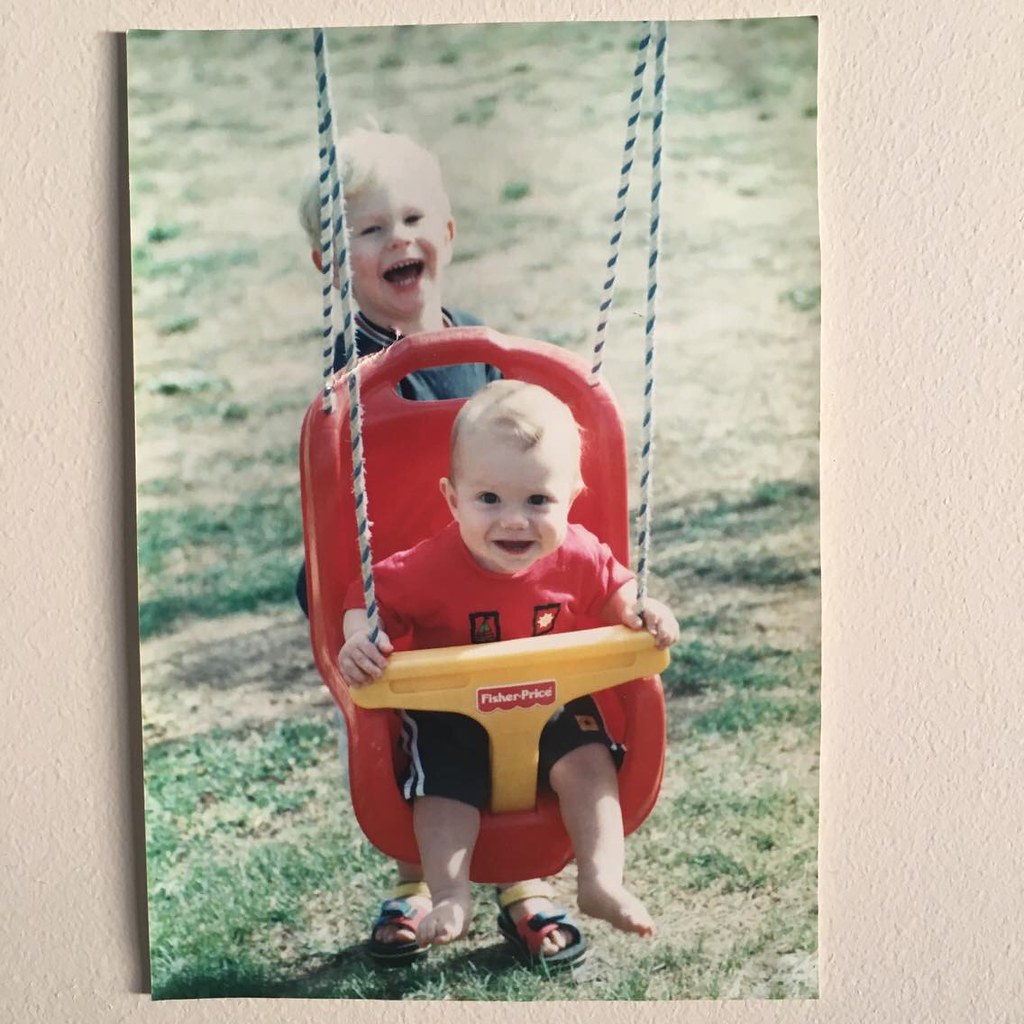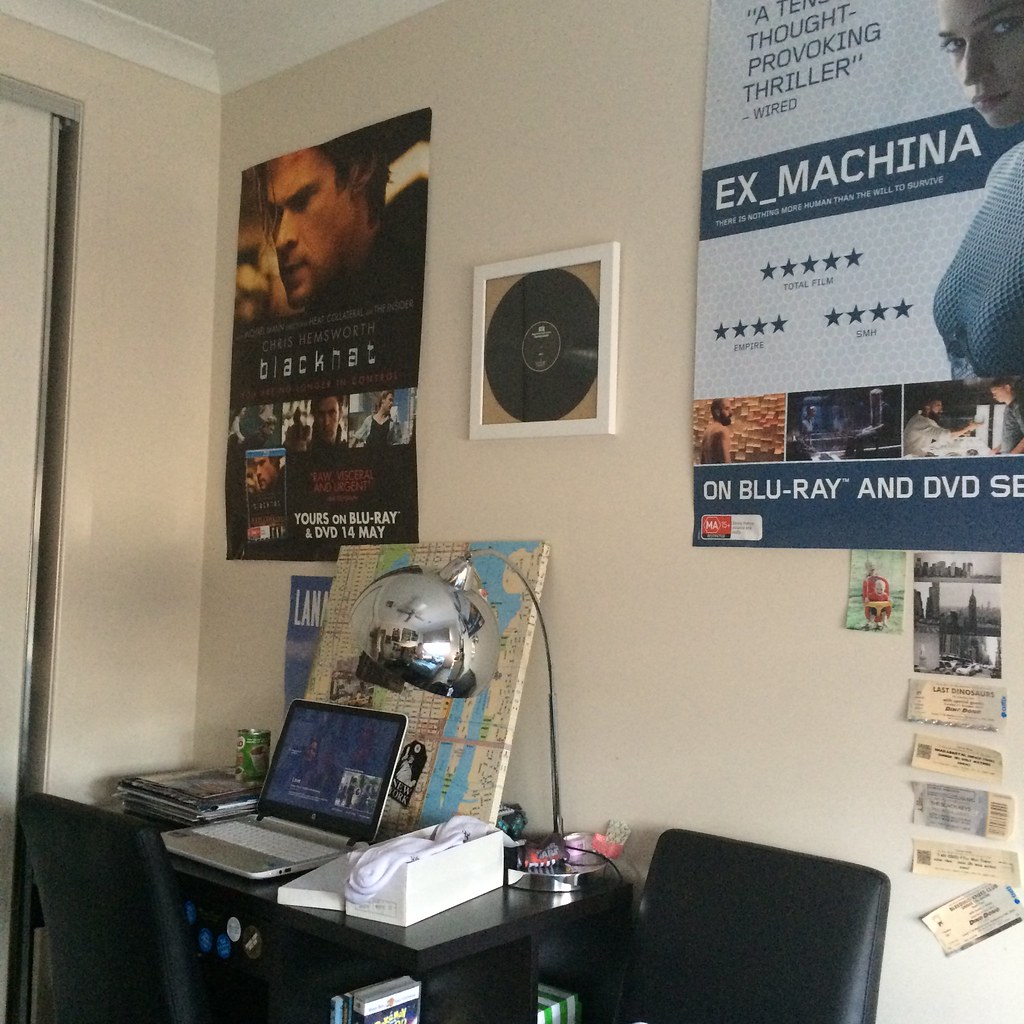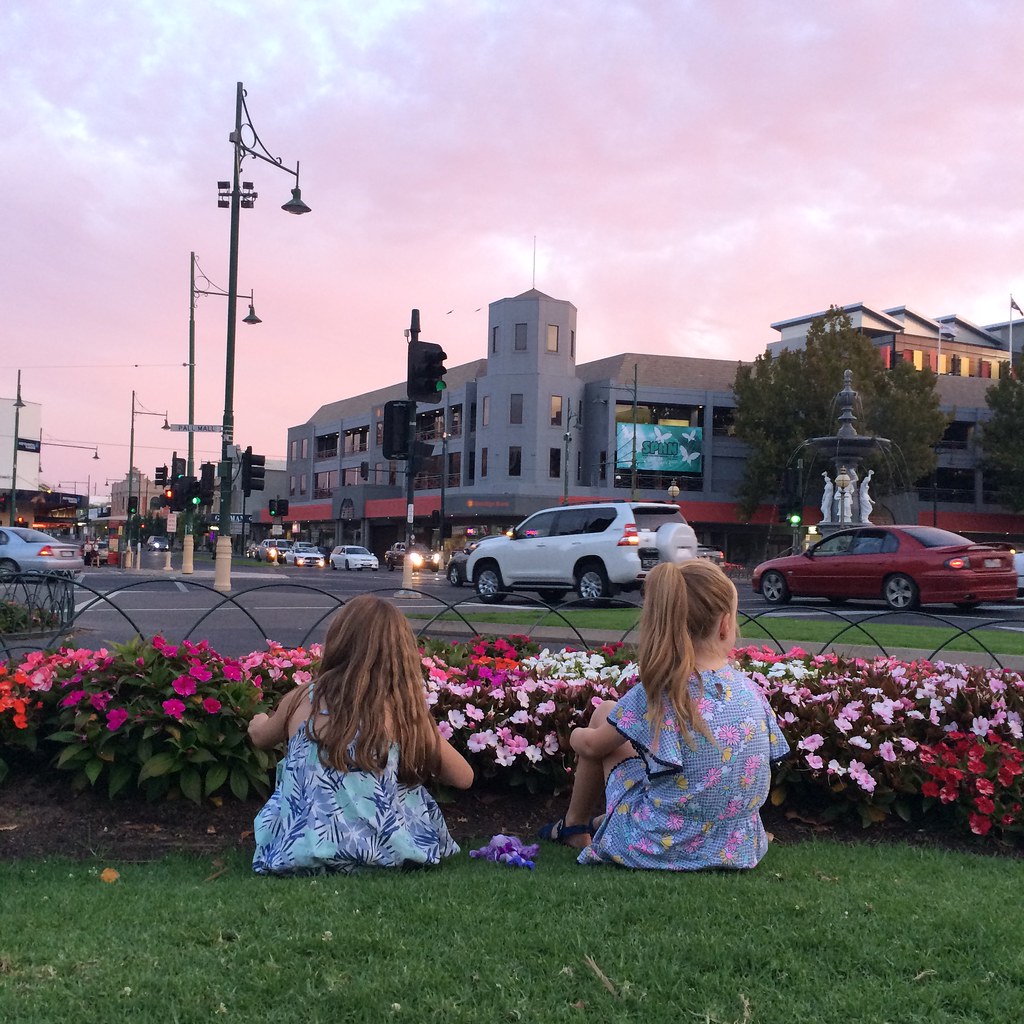
Ya boy
David Ehrlich is a technological mystery. Shrouded in tweets covering all the usual bases from film to politics to Twin Peaks memes, a defined biography is hard come by—some say that @davidehrlich is just a persona, a wandering fragment of Twitter aided by a ghost-writing team of twenty who type away at hyperspeed trying to publish as much Indiewire content as possible in a given week. But unravelling this mystery finds his beginnings as a film studies major as tangible a story as any other critic. The details are hazy, surely scrawled across a series of 140-character posts in another timeline, but Ehrlich’s journey to becoming the critic he is now arose from a series of unsuspecting decisions.
Ehrlich’s branching out to a wider audience was foreshadowed in his discontent with the micro–audience of academic essays. During his time studying at Columbia University in New York City, he worked on many of these several-thousand-word pieces but felt that for the work he was putting in, he wasn’t getting out as much as he had hoped. The audience was too small—he wanted to share his musings with the world at large. At the time, he held the position of Film Editor for the Columbia University Newspaper and was an annual attendee of Comic-Con (a tradition among his group of friends), and the tipping point for this journey came when one of these friends suggested that a website called Cinematical.com was on the hunt for someone to cover Comic-Con. One thing led to another, and what initially began as a chance encounter eventuated in a rapport between Ehrlich and fellow film writer Erik Davis (of movies.com fame). Davis acted as a kind of guide for Ehrlich, who allowed the creation of Ehrlich’s Criterion Corner column (currently going through secretive renovations) and led his talents to Box Office magazine and beyond. Ehrlich’s resume is nothing short of a film writer’s dream, with credits ranging from Rolling Stone to The AV Club to The Dissolve (which now lives on through a sprawling range of Facebook groups).
Ehrlich writes with palpable energy, a marriage of insight and humour at all possible chances, prose populated with parenthesised comments, self-reflexive reactions to declarative statements that read like tweets expanded into essays. His penchant for clustered, “paragraph-sentence lede[s]” (Ehrlich, 2017) that envelop as much relevant information as possible in an opening burst evokes an essence of authority; authority channelled through his ability to unravel a film’s threads as economically as possible. His control over these tools defines his devotedly passionate approach to film criticism, a need to share his love for the cinema with the world at large. There’s a genuine sense that he loves the things he’s writing about (and even if he doesn’t love them at all, he imbues his writing with enough hyperbole to keep himself—and by extension, his readers—entertained).
His approach to criticism dances a fine line between academic and casual, and with enough personality to satisfy both sides of the equation. His knowledge is extensive and operates comfortably within the framework of each review, whether he’s theorising on the next entry into the MCU or a Cannes obscurity. His charm of course lies at twitter.com/davidehrlich which remains the through line of his career, and what began as an impulsive decision one morning to sign up to the network, ultimately became his claim to fame — “Without twitter I don’t think I would have been able to establish a presence for myself” (Ehrlich, 2013). Ehrlich strives to always be engaging and, in this millennium, appealing to the masses through short and explosive bursts of engagement proves a perfect answer to diminishing attention spans and saturated content. This is strengthened by the look of his tweets, the creation of an “aesthetic disparity” (Ehrlich, 2013) between the capitalised TITLE of a film and the surrounding comments on the film an informed and conscious decision to break through the clusters upon clusters of data and catch the eye of unsuspecting users. He acknowledges that the onus is on the reader — you have to be the one to figure out who to follow, whose opinions you’re going to trust. It’s a great big world out there, one constantly revolving around an endless stream of criticism being concurrently spoken by a million different, diverse voices. Curation is key, and Ehrlich embodies the notion that Twitter is a great analogue to the oscillating waves of film criticism—the constant conversation becomes deafening if you haven’t filtered out the white noise.
In some great irony, as if intended by a higher force, Ehrlich during/before college worked as a personal shopper at an Apple store—someone paid to assist with the decision-making that goes into a purchase. The irony here is clear, but this past job also acts as some abstract base for his later appreciation for Olivier Assayas’ Personal Shopper (2016), a film so interested with how technology shapes how we remember those who’ve died. I don’t mean to sound morbid for the sake of rounding off this piece with a semi-impressive, semi-excusable mostly-hacked conclusion, but if we ever lose David Ehrlich, at least we know that the spirit of him will live on inside the servers at Twitter headquarters.







